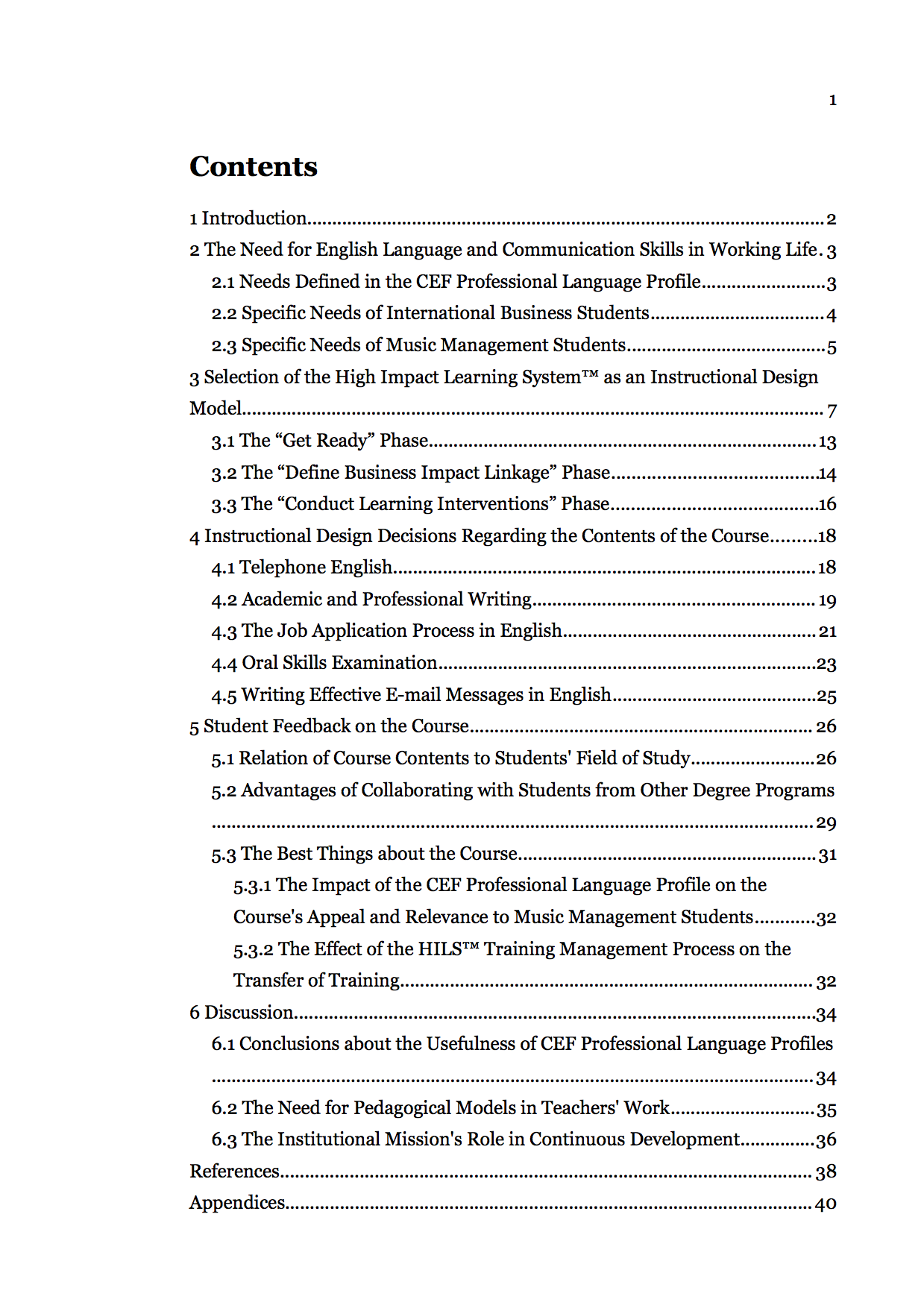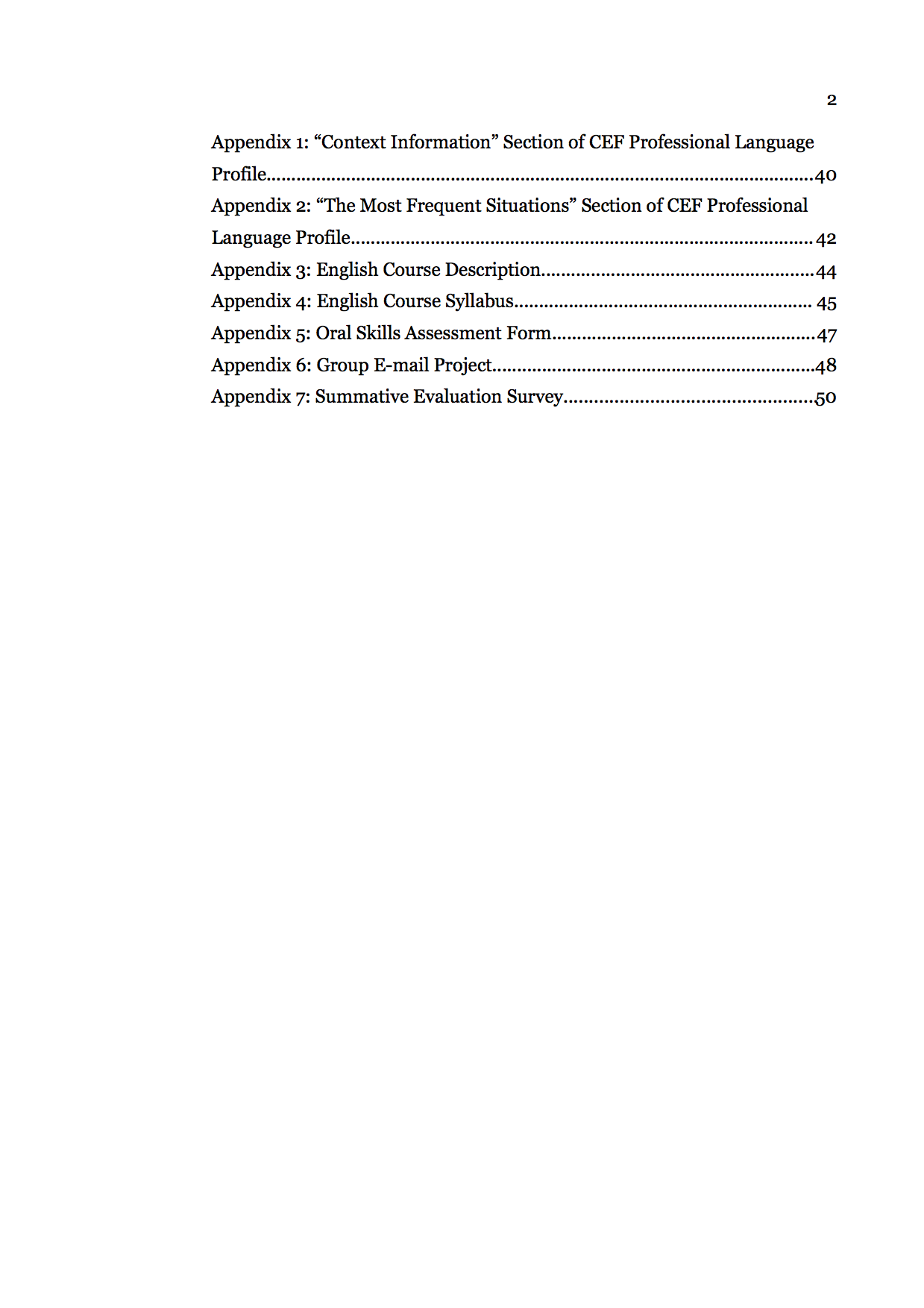4.2 The Main Part of the Thesis — Various Approaches
The actual text (main part) of a bachelor’s or master’s thesis contains an introduction, a body, and a conclusion. Depending on the nature of the author’s work—whether it represents a research-type report, a development project, or a qualitative analysis—the structure of the text of the thesis may be adapted accordingly. A research-type report can represent, e.g., survey, interview, market, or operational research. Throughout these instructions, the word research is used to describe both research and development work.
A qualitative analysis can lend itself well to the structure of a report. The writing can commence directly with empirical observations, then move on to discuss the originally identified problem and the effects of the empirical observations on it, the interpretation of findings, as well as some commentary on their more general significance. Finally, a theoretical hypothesis is deduced from the generalised findings. At the end of the report, the solution to the problem serves as an added bonus. (See Alasuutari, 1999, pp. 246–249.)
Quantitative research methods are used to study specific theories. Often qualitative and quantitative research methods are used in tandem in order to confirm findings and increase their reliability (Kananen, 2008, pp. 10–11.) Quantitative research reports follow an extremely clear IMRD (introduction, methods, results, and discussion) structure.
A development project is a project of practical nature, for example the organisation of an event, an artistic performance, a business plan, or the design and production of a product. A development project is typically divided into two parts:
- the product or event to be developed, and
- a descriptive report of the process. (See, e.g., Hakala, 2004, pp. 28–29.)
In development project work, including work of the artistic performance variety, the output of the project may be realised in the form of, e.g., a video production, a new tool, or some other similar practical implementation. The process of realising the project’s output is presented in writing and reported in accordance with how the development project, event, or other output is designed, developed, and evaluated (see Figure 2 as an example). The theoretical foundation, which serves as the starting point for the project, is also presented in the report. The logic of the research report is, incidentally, suitable in many cases for the reporting of practical work.
The sample table of contents shown in Figure 2 can also serve as an example of a synchronic reporting method. A synchronic reporting method is one in which the description of the research implementation in the report, the knowledge base, and the findings and conclusions are interrelated and cannot be considered as separate entities. Very rarely does the writing of a thesis follow a linear sequence of steps; it rather tends to progress through simultaneous work on different parts of the report. In this manner, the main chapters can be determined, for example, based on their degree of importance relative to the work as a whole.

